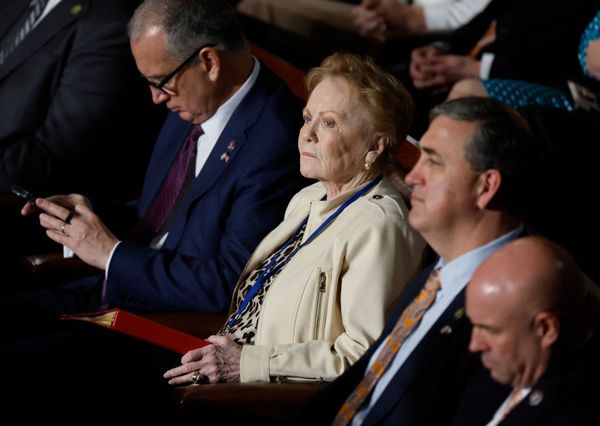
What a day, my dear readers! Today, we dive into the fascinating world of the Federal Reserve, where important discussions take place, decisions are made, and the fate of our economy hangs in the balance. And who better to guide us through this labyrinth of monetary policy than none other than Federal Reserve Bank of Atlanta President, Raphael Bostic?
In a recent interview, Bostic shed light on a topic that has left many scratching their heads: the relationship between inflation and employment goals. Now, you might be wondering, 'What does inflation have to do with employment goals?' Well, my curious friends, buckle up and let's uncover the intriguing mysteries of the economy together.
Bostic started off by emphasizing the significance of the Fed's dual mandate, which aims to achieve both price stability and maximum employment. These goals might seem straightforward on the surface, but as we delve deeper, we discover a delicate balancing act that the Fed must perform.
Addressing the current state of affairs, Bostic noted that inflation has been on the rise recently. Now, don't panic just yet! Bostic assures us that this uptick in inflation is temporary and primarily driven by the reopening of the economy after the long hibernation caused by the pandemic. As businesses struggled to keep up with the sudden surge in demand, supply-chain issues and labor shortages led to higher prices. But fear not, for Bostic believes that these issues will resolve themselves over time, and inflation will eventually return to a more manageable level.
But what about employment? Ah, the eternal question that keeps us all up at night. According to Bostic, while millions of jobs have been added to the economy since the darkest days of the pandemic, we are not quite out of the woods yet. The labor market has made significant strides, but certain sectors are still grappling with labor shortages and skill mismatches. The road to full employment might be a bumpy one, but Bostic remains optimistic that with continued support, we will get there eventually.
Now, here's where it gets interesting. Bostic raised a point that might make you do a double-take: the idea that inflation and employment goals are not necessarily in conflict. Say what now? Hold on to your hats, folks, because we're about to dive into some economic jargon.
Bostic argues that by fostering an environment of stable prices and low inflation, the Fed actually lays the groundwork for achieving full employment. When inflation remains in check, businesses and households can make better decisions about their long-term plans. This stability creates an atmosphere of confidence, encouraging investments, and ultimately leading to job creation. It's like a virtuous circle of economic prosperity!
In essence, Bostic argues that the key lies in finding the right balance between the two mandates. The Fed must keep a watchful eye on both inflation and employment, ensuring that they move hand in hand, rather than at odds with one another. Only by achieving this delicate equilibrium can we build a strong and sustainable economy that benefits us all.
So, my dear readers, as we bid adieu to this delightful journey through the labyrinth of monetary policy, let us take a moment to appreciate the marvels of the Federal Reserve. With each decision they make, they shape the economic landscape of our nation, seeking harmony between inflation and employment goals. Though the path may be challenging and filled with uncertainties, we can find solace in the belief that the Fed is diligently working to secure a brighter future for us all.
Until next time, stay curious, stay informed, and remember, the economy is as much a work of art as it is a science.







